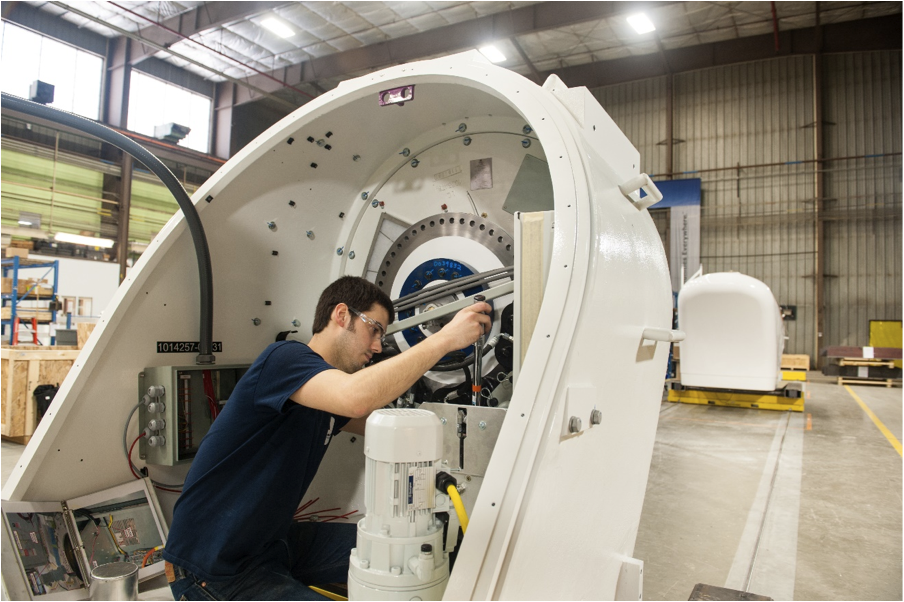SMART Wind Roadmap pinpoints top actions to innovate and boost U.S.-led distributed wind manufacturing
May 11, 2016
DWEA and Sustainable Manufacturing, Advanced Research & Technology (SMART) Wind Consortium publish shared-vision Roadmap of key strategies to reduce lifecycle costs, maintain high quality, and expand production volumes
Virtual Briefing to be hosted by DWEA in Partnership with WINDExchange
3-4:30 p.m. ET May 18
Durango, CO – After 2 years of gathering stakeholder input and reaching industry and academic consensus, production of the SMART Wind Roadmap is now complete. Funded by a grant from the U.S. Department of Commerce’s National Institute of Standards and Technology (NIST) Advanced Manufacturing Technology Consortia program, the Distributed Wind Energy Association (DWEA) convened the SMART Wind Consortium to identify industry-wide research and manufacturing gaps and barriers, prioritize solutions to those gaps for today and for future scalability, and facilitate a rapid transfer of innovation into American manufactured wind turbines.
“Collaborating and partnering on these critical actions will help U.S. manufacturers drive down costs, innovate, scale, and remain global leaders in expanding deployment of micro wind turbines worldwide,” said Primus Wind Power CEO Randy Brodsky. “This landmark Roadmap charts a clear path forward to increase American jobs, competitiveness and market share in the growing distributed generation sector.”
Managed by eFormative Options and Wind Advisors Team, the SMART Wind Consortium has linked together more than 2 dozen distributed wind energy equipment manufacturers, 50 other vendors and industry supply chain members, researchers from 4 federal laboratories, 30 academic stakeholders, and nearly 20 nonprofit organizations, government representatives and other stakeholders. This initiative will open up new market opportunities and expand the number of distributed wind applications, thereby maintaining U.S. global competitiveness and leadership.
“Our vision is to inspire joint industry-academic R&D investments to advance innovative manufacturing techniques and aid rapid distributed wind growth both domestically and with exports,” said SMART Wind Project Manager Heather Rhoads-Weaver. “As both developing and industrialized nations seek to address climate and economic challenges, the U.S. distributed wind industry stands poised to provide cost-effective solutions and claim its share of the multi-trillion dollar global microgrid boom.”
Join SMART Wind Consortium leaders for a 90-minute briefing highlighting the top-priority action steps identified to address key distributed wind industry barriers and opportunities. The DWEA/WINDExchange May 18 SMART Wind Roadmap web briefing is free but space is limited, so pre-registration is encouraged: https://distributedwind.org/event/smart-wind-roadmapwindexchange-webinar
